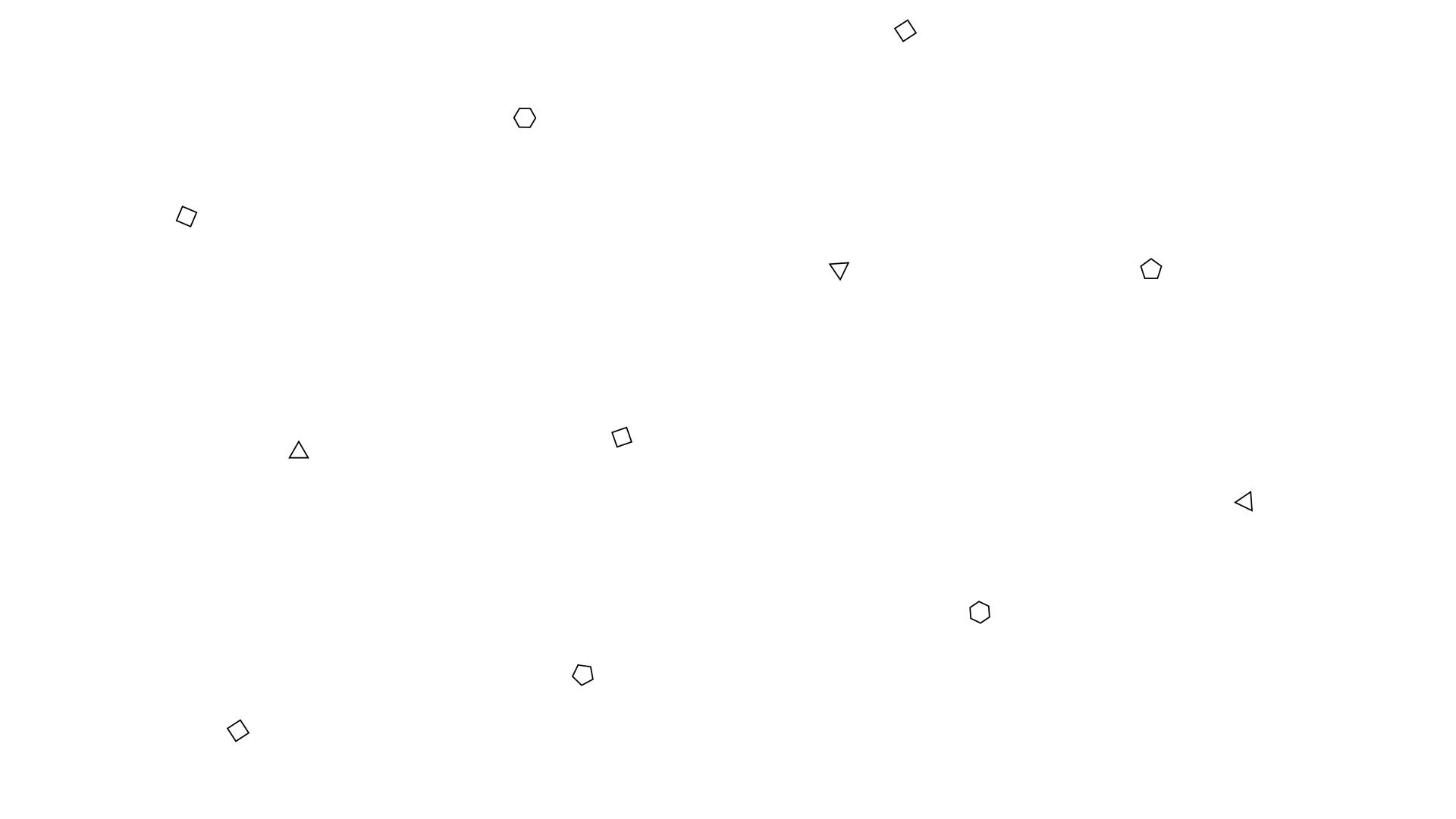Logic & Bets
- Game Design Wizard

- Dec 12, 2019
- 3 min read
Rules, Systems, Structures, Patterns, Consistency... Many of the terms we use to talk about Game Design fall in the traps of Logic. We say traps because they dictate the sense and sometimes the purpose of a game.
Take any puzzle. They are not just a simple number of steps to the solution. The goal, the limitations, the medium or even the time you play them can influence in the overall logic of the game. For example, you can't rotate a rubik's cube using a mouse, you have to actually get it and do it with your own hands! And again, rotate it, not remove and reassemble all of its parts...
So usually, we encounter boundaries and processes which are necessary to achieve a certain objective be it in a puzzle, in an adventure or in everyday life. Those steps, if out of order or hierarchy may lose their meaning... And that's what constitutes logic at its core.
Shift of Values
Let's imagine an online bet website. Everyday, 5 images pop up on the homepage and people are able to vote and bet on their favorite image.

They can only choose and vote in one image at a time. If, at the end of the day, their image is chosen, they win all the sum of the bet of that day. Simple enough.

Now, we highlighted "chosen" because, what are the rules here? How is an image chosen? Randomly? By the site's owner? We can think of interesting ways to generate meaning on this bet by implementing a logic to the system.
First, we'll imagine that all images have a counter next to them. This counter registers the number of bets they received during the day. A good feedback for users to keep track and compare the images' popularity.

And now, let's assume that, at the end of the day, the image with the most bets is the winner, and everyone who voted in it wins. What would happen? Of course.

As soon as an image started to become popular, everyone would start placing a bet on it.
But now, let's change the game. What if we define that, the least voted image is the winner, keeping the counter visible so users can see which one is "winning". Since now you place a bet on an image that you don't want to be voted, the decision to be made becomes much more difficult because placing a bet means that you are increasing the counter of that image, thus increasing your chances of losing, exactly the opposite of the winning condition.

Even if punters waited to bet at the end of the day, chances are many others will think the same, resulting in a crowded epic fail.
Experiment
There are really no rules to the logic of your game. The jump can be upside down, controls can be scrambled, the rules be modular... The freedom to play with the logic of your systems and game elements is only up to you to create a really innovative experience.
As the bet example we gave above, think about the decisions the player will have to make through the course of your game. Is there any contradiction there? Usually, this is a good starting point for a good puzzle game.
Consider the medium, the materials, the interfaces, the pieces and the actions that are allowed and maybe most importantly, what is not allowed in your game.
Remember, limitations create challenge, and the best way to keep everyone playing your game engaged is to break the patterns, tha pace, and sometimes, the logic of things.
Thank You
for reading!





Comments